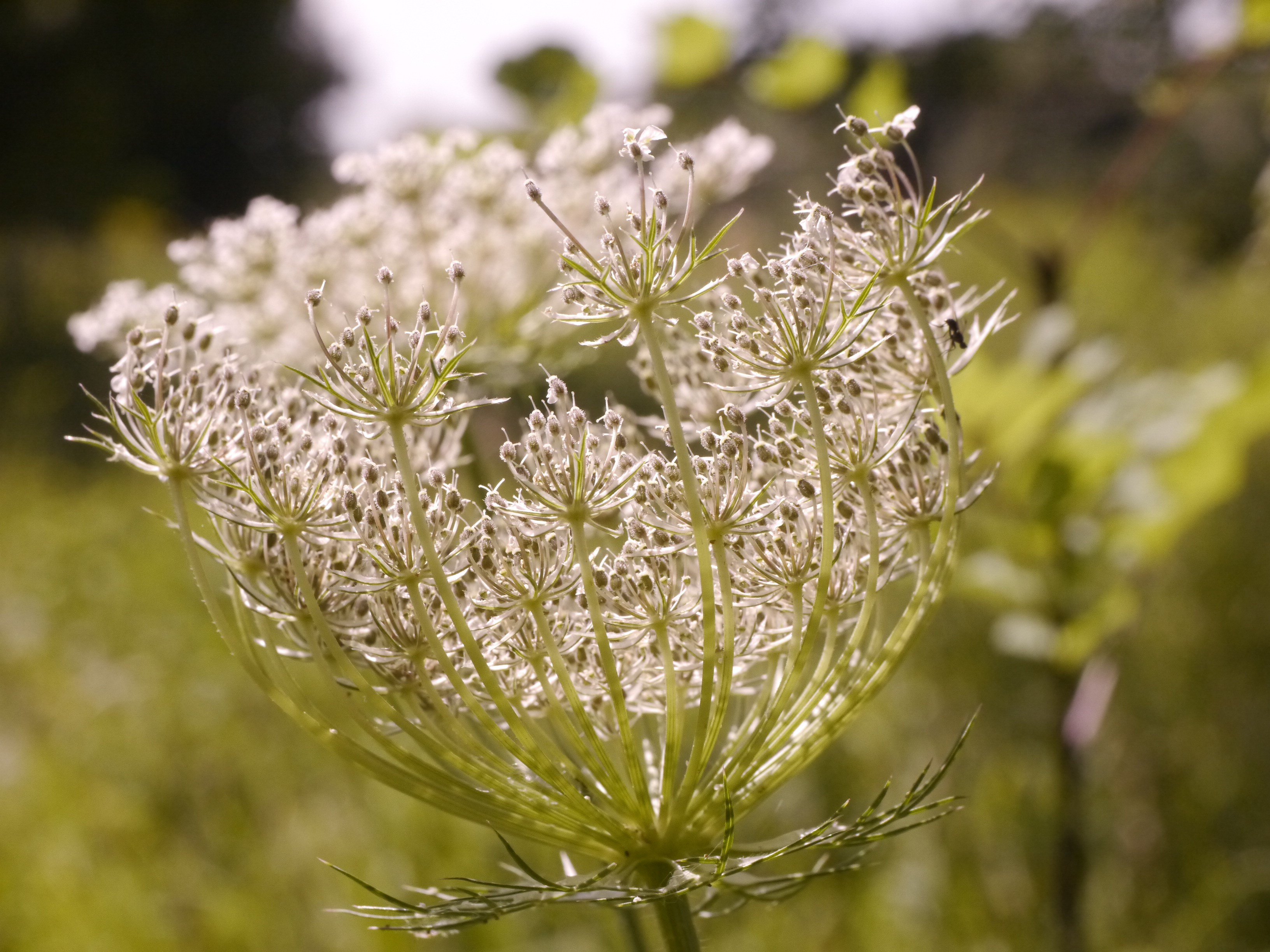
Here’s a photo I took during our Sunday morning walk across the canal and up over Bathwick Fields and then down into Smallcombe Valley, up the other side and down again to Widcombe. I’m only mentioning these places because their names are so delightful. The walk in itself is a long haul with over 150 metres of climbing and scrambling down. The footpath down to Smallcombe was particularly slippery after the recent spells of rain. We’re exploring the hinterland of Bath in a series of 5 mile loops and Madame is immersing herself in the history of our adopted city.
Everywhere, the hedgerows are filling the air with the heady, almost alcoholic scents of autumn. The bees are still busy pollinating the late flowers, but fruit is ripening on the trees. Apples, plums and damsons; sloes and lesser known delights like medlar. The allotment took a bashing as weeds relished hot weather followed by torrential rain and so today we spent the afternoon doing some urgent hand weeding. The compost bin that was far too large when I built it has now been full twice this season; but by tomorrow it will have heated again and sunk by six inches. The leaf mould in a neighbouring bin has shrunk by over a half now, and so has the hot bed – the capacity of our wonderful worms and micro organisms to reduce waste to compost exceeds our capacity to create it, it almost growls out loud when I walk down with a bucket of waste; and it also has a huge appetite for cardboard which simply disappears within a month or two.
It’s just a matter of experience with compost. We’ve read all the books and in the end, it seems everybody is right. There are very few systems that can’t create good compost, but I emphasis the word system because a neglected heap of weeds with an old bicycle on top at the end of the plot is not a system, it’s a dump. With compost at over £5 a bag in most garden centres, making your own is a massive money saver. The secret is regular and vigorous turning and keeping an eye on it – wet through is bad and so is dried out, as ever the middle way works best – moist; that’s the word! and now and again a bag of horse manure, or some fish blood and bone scattered in or – if you don’t care for animal byproducts, some comfrey leaves or liquid work as well as anything else.
With the air so full of the smells of ripening and over-ripening fruit it’s amusing to remember that John Masefield, the poet, liked to have a box of rotting apples under his desk for inspiration! The painter Stanley Spencer had much a weirder taste in under easel smells – but we won’t go there, except to say it wasn’t a madeleine. However, moving rapidly on, the Potwell Inn kitchen does smell pretty wonderful at the moment. Food is coming off the allotment at such a rate we’ve been delivering veg parcels to anyone that will take them. It’s a strange time to be dieting, I know, but with so many good things to choose, keeping to 800 KCal a day is a breeze. No vegetable is safe at the moment, and while we lose weight we’re laying up sauces and preserves for the winter. The tomatoes are producing trays of fruit which we’re converting to passata, sauce base, and today oven dried cherry tomatoes in oil which are like sweets. A couple thrown on a salad are wonderful little flavour bombs. Yesterday we baked figs with orange zest and juice and fennel seeds – delicious! I also whipped up a coulis with wild blackberries and James Grieve apples. I had to put it through a sieve to get the pips out – there’s no added sugar so it’s sharp, but it goes really well with plain full fat yoghurt or kefir.
Anyway, enough kitchen talk- we’re sad the summer has passed us by as far as trips in the camper van are concerned, but we’re hopeful of getting some winter camping in when the crowds have gone home – Madame said today “I don’t care if it’s raining, I just want to sit in the van and look at Ramsey Island.” The autumn is my time for a bit of civil engineering on the allotment – quite a lot of it in fact because we’re building a pond, creating a small open meadow space and a shelter for ourselves, as well as planting more fruit trees and bushes. It’s amazing what can be packed into 250 square metres.
Meanwhile I’m wondering why I let myself in for making a short video on urban botany. The biggest problem with being completely self taught is the ever present danger of mispronouncing a name or mistaking an i/d. But I don’t want to be an expert; I just love getting into the natural world and sharing my disconnected bits of knowledge with anyone who might be tempted to have a go themselves. So I’ve got to get the selfie stick out and ramble on for a couple of minutes without freezing, swearing or tripping over ….. what could possibly go wrong?




























































